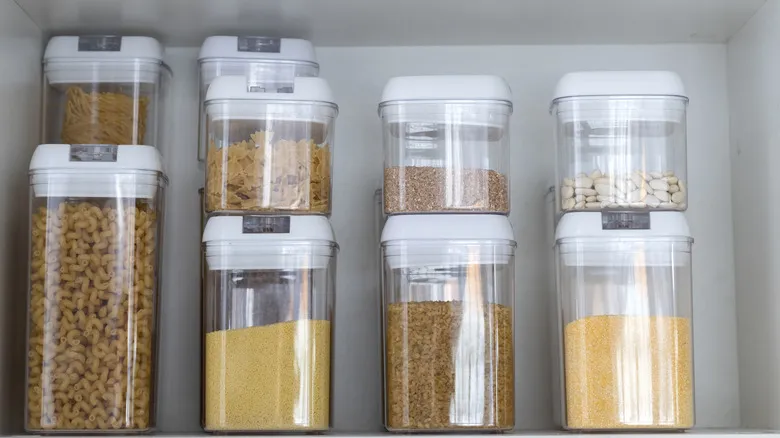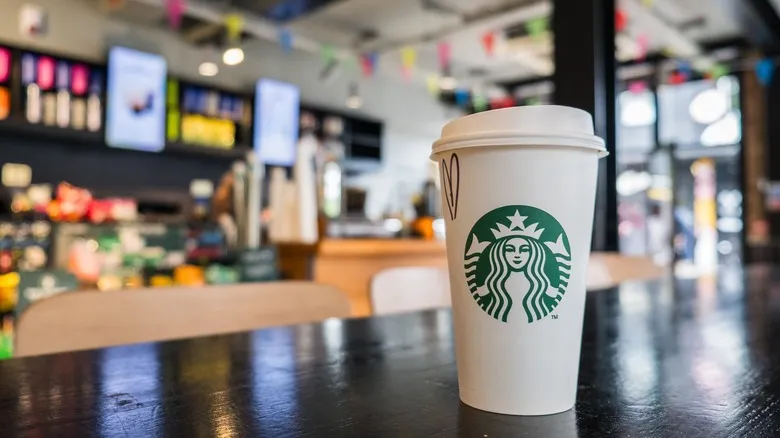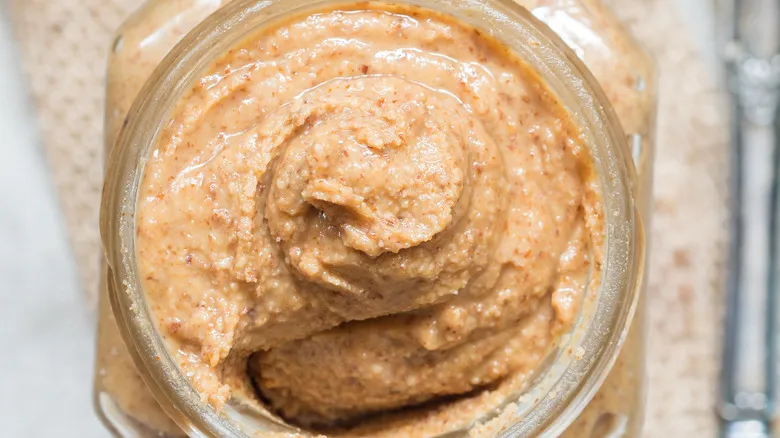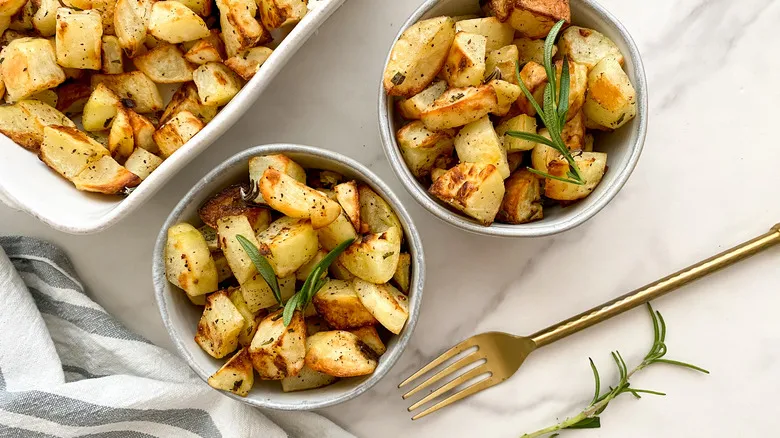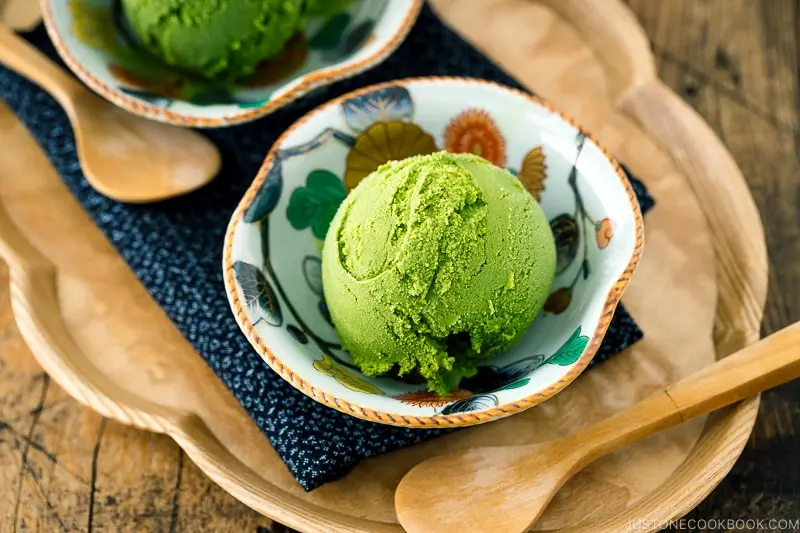It's hip to be square in the pantry
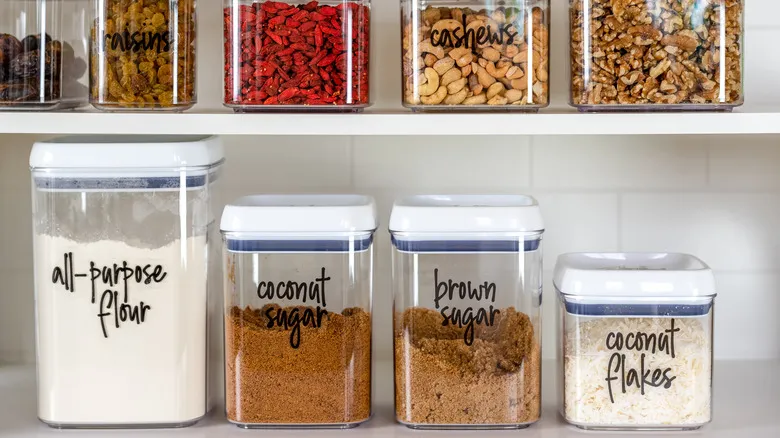
When selecting the ideal pantry storage containers, square options have distinct advantages over round ones for several important reasons. Firstly, their shape allows them to be closely nested together, minimizing wasted space and maximizing your available storage. This is especially beneficial for individuals with limited pantry space or those relying solely on overhead cabinets. In fact, square containers occupy approximately 25% less space than their round counterparts, which can significantly alleviate clutter in your pantry. Additionally, square containers can be easily stacked, further optimizing space usage.
Another advantage of square containers is the flat surface they provide for labeling. Even if you opt for clear containers—which is recommended for easy food identification—having labels is always beneficial, particularly for items that may look alike, such as bread flour and all-purpose flour. While it is possible to label round containers, the curves can make it a bit more challenging. If your main goal is to maximize pantry space, square containers, such as Vtopmart's 24-piece set or Chefstory's 8-piece set, are essential. They not only help save space but also contribute to a tidier appearance in your pantry.
These are the foods you should be storing in square containers
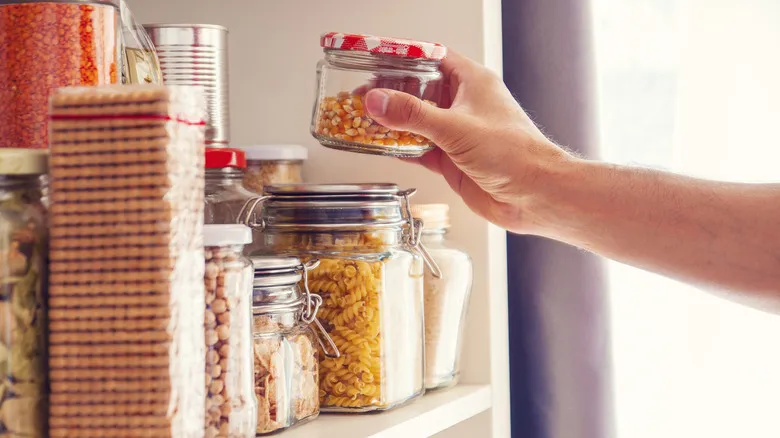
If you don't often utilize airtight containers for pantry organization, it's essential to determine what to store in them. You won't need them for canned meats or fruits, as those can remain in their original packaging. Instead, square containers are ideal for dry goods such as dried pasta, grains, lentils, and cereals. Consider these containers as a means to extend the shelf life of these items, particularly those that you open but don't finish in one go.
Baking ingredients are another excellent use for your square containers, as they help maintain freshness. Flour, for example, should never be kept in an open bag in your pantry, as it can spoil surprisingly fast! Similarly, containers are perfect for storing sugar, preventing moisture absorption, as well as for dried fruits, rice, and beans.
When deciding what to place in your containers, think about the pantry staples you frequently use in your home. For example, items you will consume entirely, like a box of pasta, don’t need to be transferred to a container. However, if you only use part of the box at a time, it’s beneficial to store it in a container to keep it fresh.
Recommended
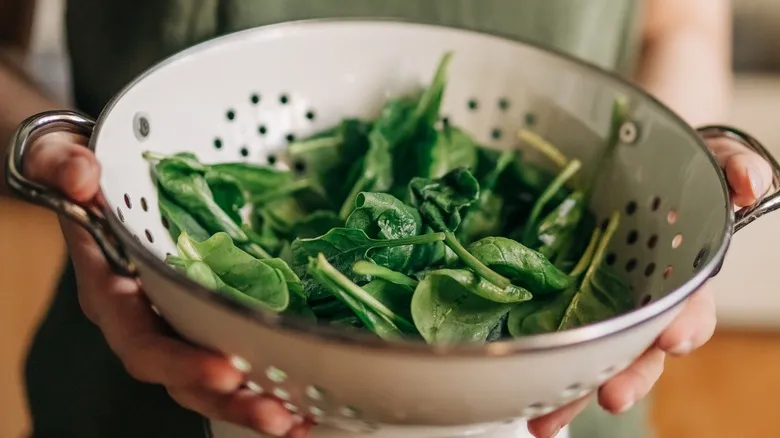
Can You Still Cook With Slimy Spinach?
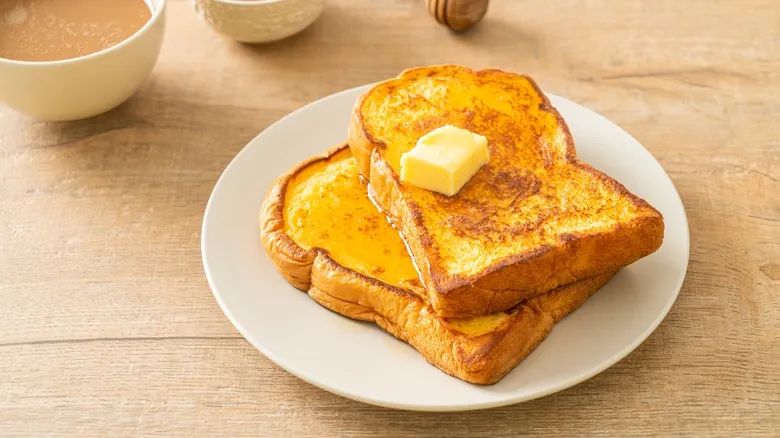
For Better French Toast, Dry Bread Is Your Friend
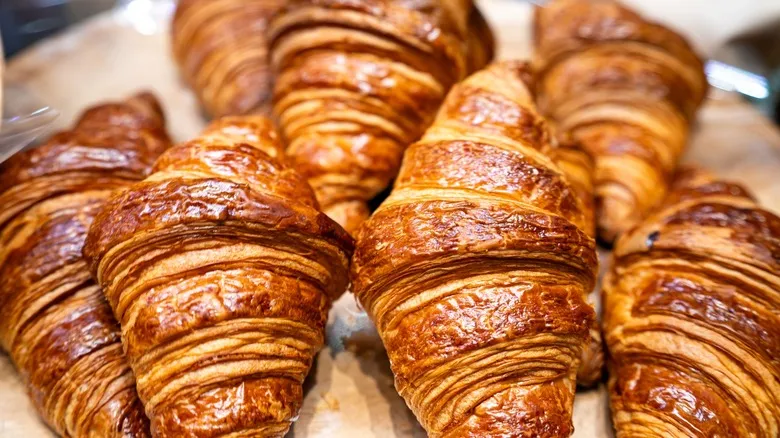
Stale Croissants Are A Huge Win For Your Salad — Here's Why

Why You Should Always Keep Pasta Water In Your Fridge
Next up

